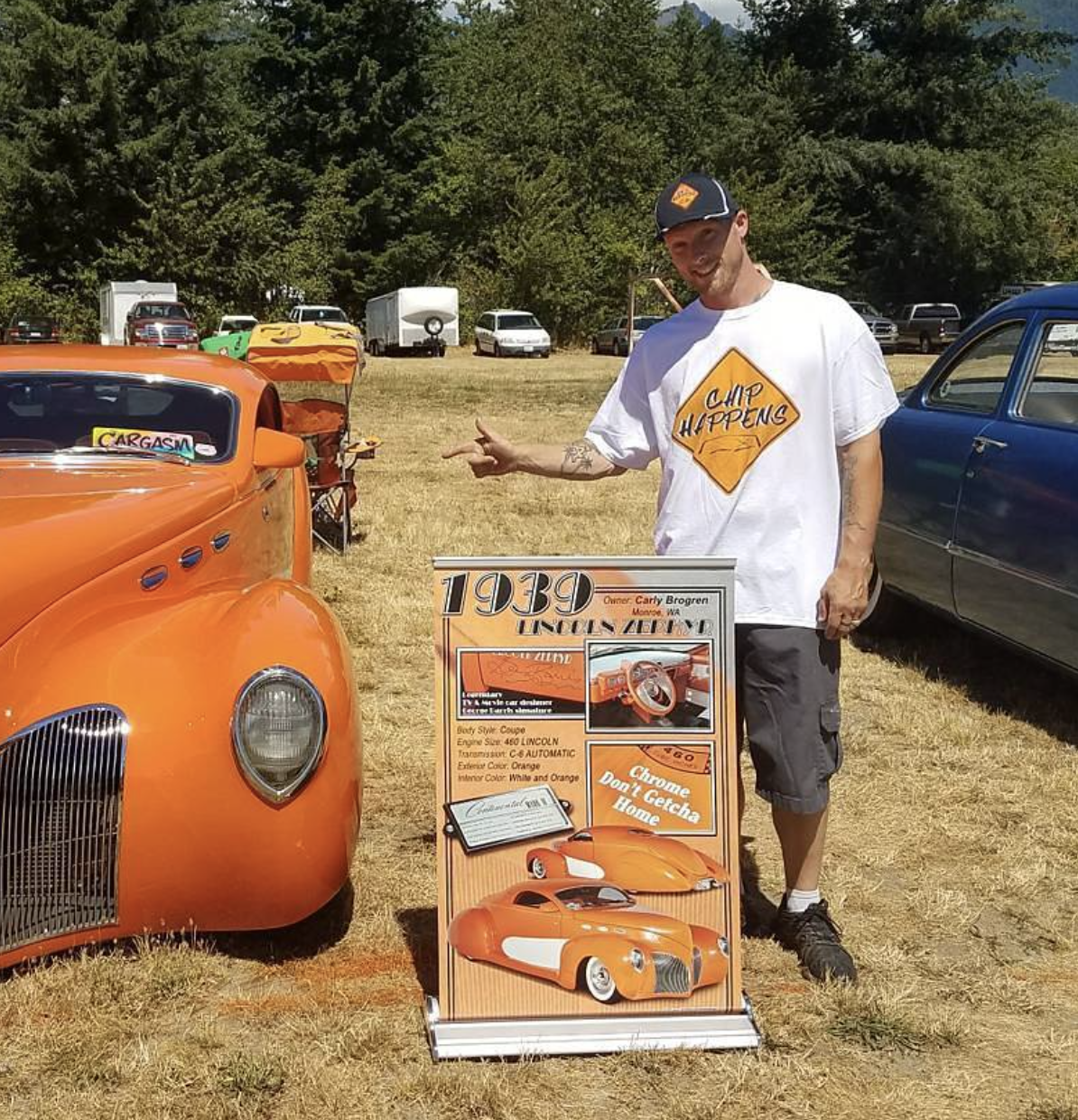Welcome to another Q&A session where I answer questions from y'all on the internet.
Today's question is:
Great question. Here in the Northwest, our summer days aren't just hot—they’re exceptionally long, often causing windshields to bake in direct sunlight for extended periods. It’s not uncommon for your windshield temperature to reach upwards of 150 degrees Fahrenheit after a few hours of sitting in the sun. Imagine this scenario: you're leaving work, getting into a car that's been roasting in the parking lot all day. What’s the first thing you do? You crank the AC to full blast, naturally. But this seemingly harmless act creates an immediate and drastic temperature differential that can wreak havoc on your windshield.
Let me explain why that's a problem. Your windshield is essentially two layers of glass with a laminate layer sandwiched in between. When you rapidly cool down the interior surface of glass that’s been sitting at extremely high temperatures, the resulting stress from the sudden temperature drop can exacerbate even the smallest cracks or chips instantly. It's like putting an ice cube in hot coffee—the temperature shock is immediate and severe. This can lead to catastrophic cracking, sometimes spanning the entire length of your windshield in mere seconds.
To prevent this, when our mobile team arrives for a windshield repair during hot days, we first stabilize the temperature around the damaged area. Often, we’ll place a towel over the windshield or gradually lower the temperature to avoid sudden shocks. Only after we achieve a more moderate, stable temperature can we safely perform the repair. It’s a delicate process that requires expertise, patience, and experience.Additionally, the bright sunlight in summer poses challenges for windshield recalibration, particularly ADAS (Advanced Driver Assistance Systems). The bright sun can cause glare and disrupt camera systems, complicating recalibration processes. To achieve accurate recalibration, we must carefully position vehicles away from direct sunlight or choose optimal times of day when the sun isn't directly affecting our calibration targets.
I always stress to customers the importance of understanding these unique Northwest conditions. Proactively addressing windshield issues during these long, hot summer days is critical. It not only protects you from sudden windshield failures but also ensures your vehicle’s safety systems function correctly. Being mindful of temperature differences and scheduling timely repairs and recalibrations can make all the difference between a safe drive home and an unexpected, expensive windshield replacement.
Northwest summers feature long, hot days causing extreme windshield temperatures—often reaching 150°F. Patrick emphasizes the danger of blasting air conditioning in overheated cars, as drastic temperature differences (over 100°F variance) between windshield surfaces create rapid crack expansion. He suggests temperature regulation methods, like covering the windshield before repair, and slowly injecting resin to prevent further damage. Additionally, extreme sunlight impacts windshield calibration (ADAS). Precise recalibration must be done carefully, avoiding direct sunlight to ensure safety systems function accurately. Understanding these region-specific issues helps vehicle owners in the Northwest manage windshield care effectively during hotter months.

© 2026, Chip Happens Auto Glass, all rights reserved. Created and managed by 1 Stop Link. Images & icons used on the website are either original, free or purchased on pexels.com, unsplash.com, vecteezy.com, fontawesome.com or other platforms.